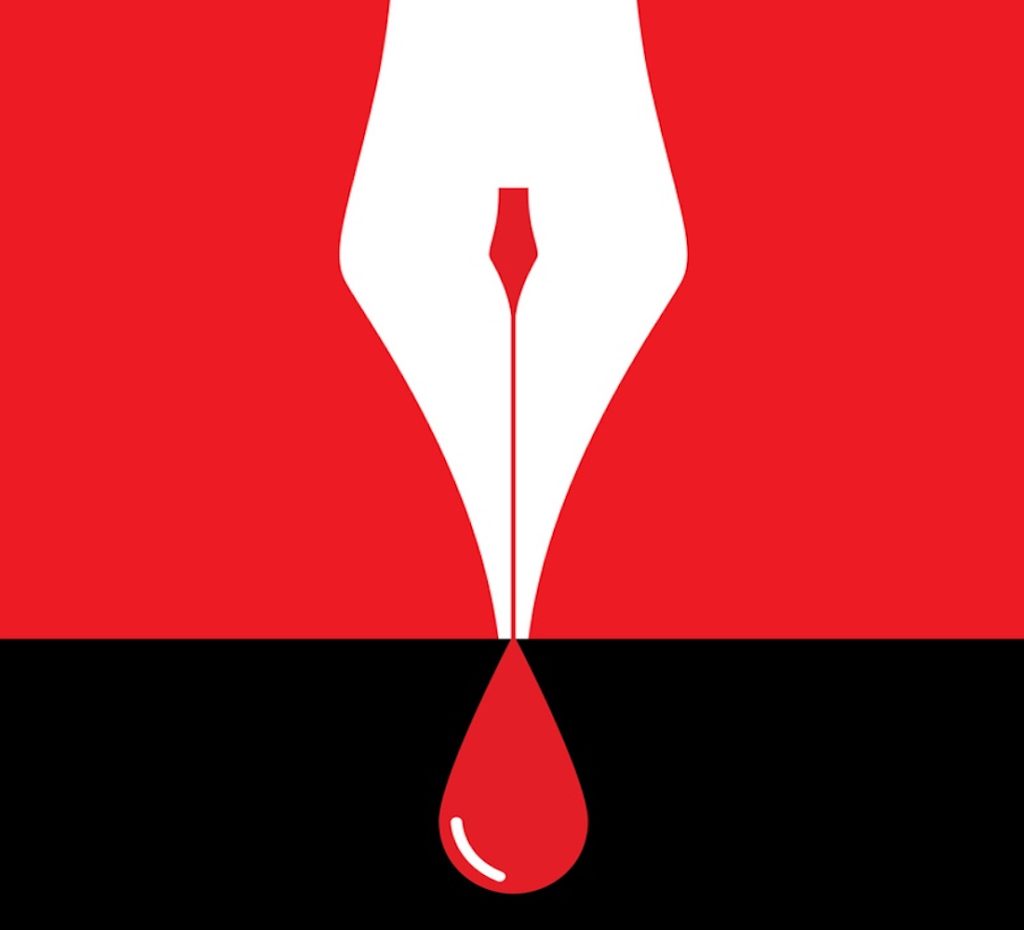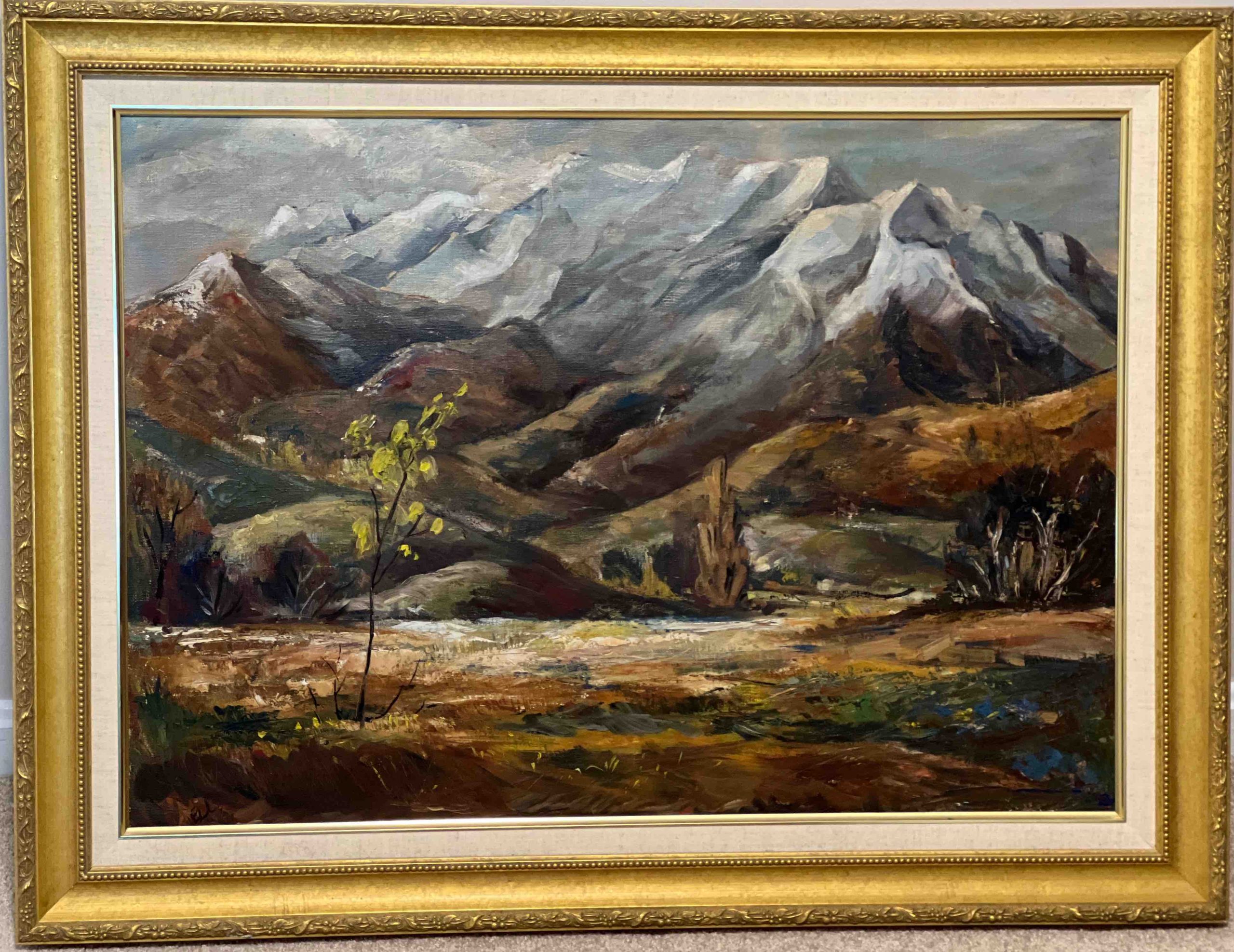[For Sotir]

Douglas Thayer, a beloved mentor of whom I have written more than once, held that no one, including his own spouse, ever wants to read what writers have to say about writing.
“Writers should be read and not heard,” was how he put it.
Doug, if heaven has eyes for this sort of thing, please forgive what you are about to read.
Writing is easy; you just open a vein and bleed.
Attributed to Walter Wellesley “Red” Smith, 1949
On November 10 of last year, I marked on this blog the 40th anniversary of my first post-college employment with a pledge:
Today, four decades after embarking on a career in change work, I publicly commit to taking a moment each week to demystify the impressions, memories, and insights amassed before and since the epiphany that upended everything. I wish now to understand how people actually—not just theoretically—change.
Scott Knell, Assays of Bias, November 10, 2022
Today’s post marks my 67th attempt at demystification. Given the circumlocution of a series called, after all, Indirections, and in deference to readers who prefer squares to circles, let me step out of character and speak instead about the underlying patterns I have attempted to swirl above over the past year.
First among them is how I failed to conjoin one writing session to the next when stringing together 130,000 words week after week. Had I put them all to cohesive use, I might by now have cobbled together something resembling a coherent story. What I hammered out instead, 2,000 words at a crack, was over 100 stories and anecdotes that, though they followed a predetermined pattern, it’s hard to agree it was a visible one. But since I’m breaking Thayer’s first golden rule, let me now break his second.
“Good writing calls up images. Don’t say it, show it.”
You can judge whether the following images ought ever to be called up in the first place.
That had to be, by a country mile the most fascinating—the most creative—explanation of human being and change I have ever heard. But for the life of me, I have absolutely no idea what you just said.
Before landing on stories about change, I had, for years—decades even—painstakingly scribbled on ream after ream an archipelago of ideas that formed what has largely become a lost plot. It included observations, principles, workshop exercises, and the resulting successes and failures of my attempts to guide individuals and institutions in transition. Alas, the undecipherable mash-up became a matrix of patterns so entangled within its three-dimensional representation of a four-dimensional object neither Madeleine L’Engle nor David Bohm could decipher it.
Picture, for an implicate moment, a six-sided 3-D object whose width (side-to-side), height (bottom-to-top), and depth (back-to-front), all of equal measure, are doubled into a symmetrical shape I call a Change Cube. (For L’Engle, I even managed to display its 4-D projection as a Tesseract.) You’ve undoubtedly drawn the two-dimensional projection of a cube by superimposing two squares, the second shifting slightly up and away from the first, its corners then connected by four straight lines. As a child, after my father’s landscape architect taught me the trick, I became so enamored of 3-D projections I soaked dozens of permanent, juicily inked cubes into the once beautifully rough untreated wooden beams holding in place my father’s office.
Next, slice the cube in half with your mind (or if of clay or foam—or mashed potatoes—a blade of some sort)—but diagonally—through to its opposite corner. The resulting pair of mirror images are what I have found since childhood the hardest shapes to hold at once in my head. Called rhomboids, each of their three square surfaces—two uncut, the third a new square formed by the cross-section surface of the cut—like a hologram eerily preserves roughly the same dimensions as the six sides of the uncut cube, though only half its volume. And that’s just the preparation of the writing surface. No wonder I lost the thread by word 100 of these 130,000.
The first time I presented the undercarriage of my change model it was to the CEO of an architectural firm—there was talk of a merger with a software company, and the topic was transformative paradigms—a spatially capable professional I took for a fellow creative. 10 minutes in, he loaded two sentences into a barrel of designers and systems engineers not hanging on my every word and fired point-blank at my first (and last) public attempt to describe how a merger is like a rhomboid.
Him: “That had to be, by a country mile the most fascinating—the most creative—explanation of human being and change I have ever heard,” he began hopefully enough. “But for the life of me, I have absolutely no idea what you just said.”
Me: (Palms up.)
There is, of course, a third way to dig beneath change through neither abstract thought nor concrete image. Instead of slicing life into packets fed like paint scraped from old masters into microscopes to discern where beauty lay, or in addition to recalibrating meaning through a series of beginnings, changes, and endings, we could just remember stuff.
In The Swiftly Tilting Planet, one of her sequels to A Wrinkle in Time, Madeleine L’Engle boils Douglas Adams’ quintessential question about Life, the Universe, and Everything down to a single memory in the moral history of the cosmos where a flake of mitochondria in the ankle bone of a fifteen-year-old boy named Charles Wallace must decide to divide to the left or to the right (or whatever it is that mitochondria do). Left, and the universe begins its entropic slouch toward the hell of a single black hole where no one born after 1978 will remain so, and the rest will perish in a flash of not-light. Right, and everyone in the known universe continues to enjoy the delights of sunshine, lollipops, and rainbows until the cows come home. I’m blanking on exactly how Charles Wallace remembers the placement of Archimedes’ lever on the precise flake of mitochondria in question in order to move the metaverse, but isn’t that the point of memory? To prick us in the direction of any meaning we can ascribe to it?
See what I did there?
When Kari and I recently told my sister Julie about a young life cut short without warning in a family we dearly love, she relayed to us the following cautionary tale.
My daughter Berkeley once advised me always to follow a prompting even if it’s something dumb like you think you left the stove on, go and check even if you feel sheepish doing so. Fast forward several months to when I had made a large pot of boiling-hot soup (I needed it super hot so it would still be hot after I drove it across town and set up the luncheon for my school colleagues. And when I say ‘large,’ think industrial-chef-Mark-Magleby-large, more like a vat of roiling liquid—could barely carry it wearing hotpad gloves).
As I pulled out of the driveway, this random thought came to me that I had left the stove on. I have NEVER left the stove on in my life, but there I was, thinking I’d better go back in and check. This meant precious seconds pulling back into the driveway, putting the car in park, remembering the house key was on the keychain so turning off the car and pulling out the keys—three more seconds right there!— and to make up the time, running to the door, unlocking it, running to the kitchen, and checking the stove.
Off and stone cold—as usual.
I run back to the car, hop in, a still piping-hot Markesque vat of soup—did I mention it was lidless?—again inches away on the front seat as I hit the road again.
While crossing town on 8th North, just past the botanical gardens, I see a fender-bender up ahead and a police car coming to the scene. But I don’t dwell on it; my mind is rationalized elsewhere: Get Hot Soup to School; there’s always something at that spot anyway.
It is at that moment the source of my false-positive ‘check the stove’ prompting chooses to drop the other shoe.
“See what I did there?”
What could have been …
{Car accident about to happen or just happened or my causing it to happen}
+ {Giant vat of uncovered soup inches from my legs, a part of my brain already queueing ‘POUNCE’, ‘Don’t you dare let it spill,’ and ‘What would you do, anyway?—it’s too hot to grab bare-handed’}
+ {instinctive swerve or hard brake or airbag explosion: with me and more weaponized, scalding liquid than I cannot easily heft at rest let alone on the move sharing the same air space!}
= {Unqualified disaster no matter how you ‘boil’ it}… came to me instead as the memory of my conversation with Berkeley—Did you turn off the stove?—made flesh at the very moment I needed it to.
Julie Magleby, November 16, 2023
As I type this, I am wearing on my right wrist a red rubber band. On the first half of its outer
surface, italicized white letters memorialize the name of a young man killed last
month when another man failed to remember a prompting he had almost certainly
received at some point in his life to yield to oncoming cars when turning left.
The man lost—the band remembers him to me as Sotir Davis Markoff—had lived a full and storied life antithetical to my own threadless fits and starts. His was a coherent big adventure of rapids and cliff faces, sailboats and horses, singing and laughing. Mine is a clutter of abstract formularies—Don’t say It. Show it—and O Henry endings—I have absolutely no idea what you just said. Whenever Sotir was prompted, he pounced; it’s how he lived.
Calling it her son’s motto, Sotir’s mom printed after his name on the other side of my bracelet, white against his favorite color red, three more words I hope will prompt in me a new formulary, a new thread, and the courage to see them through. As she so generously gifted the wristbands to everyone, I now pay forward a mother’s heartful prompting.
“Don’t think. Do”
Sotir Davis Markoff, 2003 – 2023


